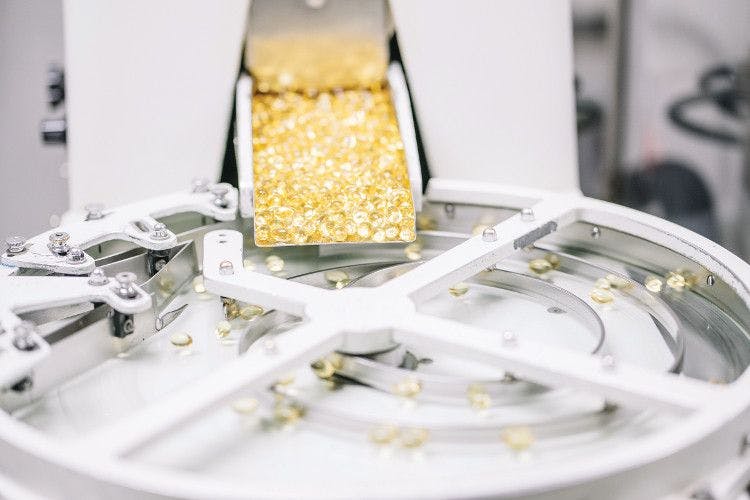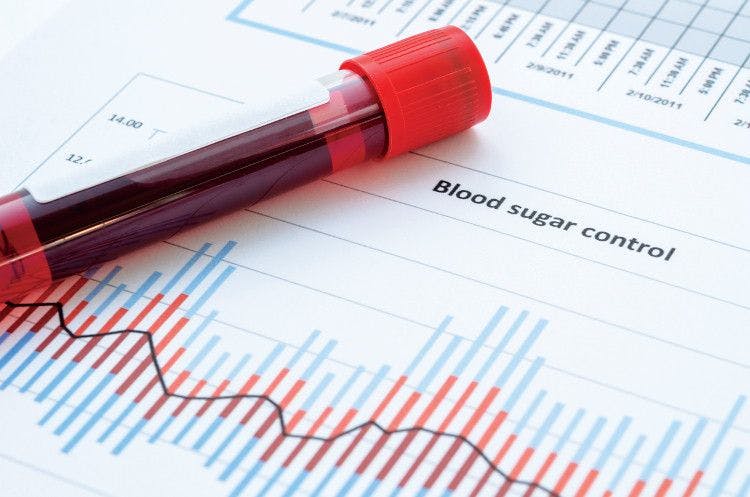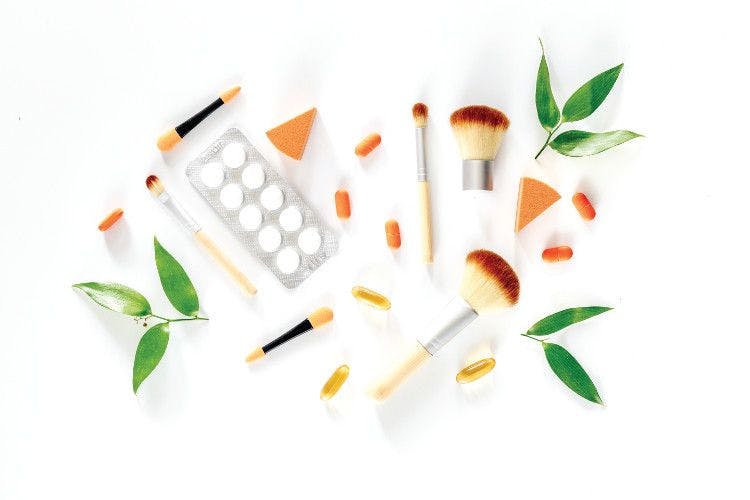Beauty-from-within market is now driven by wellness and emerging interests like the microbiome and the endocannabinoid system
The beauty-from-within market is growing up.
Photo © AdobeStock.com/9dreamstudio
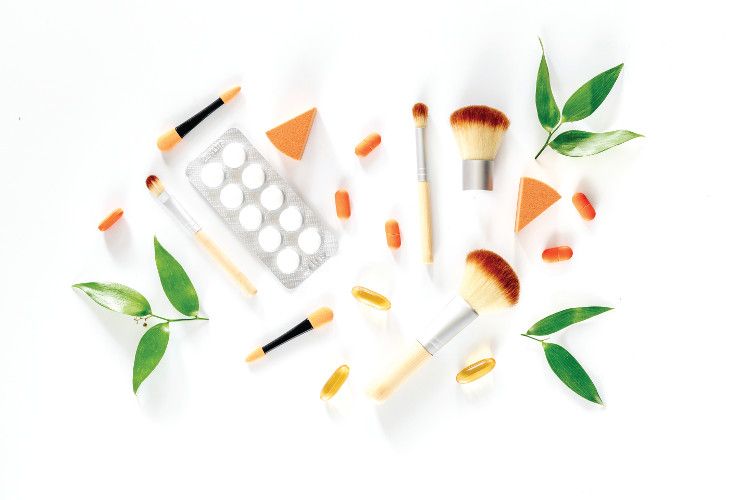
The beauty-from-within market is growing up-and we, the people, have never looked better as a result. Consumer awareness of the connection between beauty and overall health gets stronger each year. The notion that consuming nutrients that are good for the body in a nutricosmetic can help bolster skin, hair, and nails is no longer novel. Today, “beauty” is a whole-body concept that goes far beyond the superficial.
“Within the last few years, [the concept of] ‘beauty + wellness’ has merged and expanded [its] multichannel presence across the mass retail, prestige and clean beauty, and natural health categories,” says beauty market expert Paula Simpson, founder of Nutribloom Consulting. She contrasts today’s situation with how nutricosmetics originally started out, when they were “found mainly within the professional channels such as the spas and medical spas, and [were] more focused on skin and antiaging claims.”
These days, companies are looking to create multifunctional products that address emotional and physical well-being, including stress and lack of sleep, as well as appearance, she says. Outward beauty is just an added benefit of a good-for-you diet. “Marketing claims have also become multifunctional and positive to embrace aging and vitality, with supportive beauty benefits,” Simpson says. Products that aid the consumer on many lifestyle fronts, instead of making “solely beauty-focused claims,” are more appealing to today’s consumer, she adds.
No one is happier to see the healthy-lifestyle-and-beauty movement spreading en masse than beauty guru Bobbi Brown, the world renowned makeup artist, bestselling author, and expert speaker whose eponymous cosmetics brand was acquired by The Estée Lauder Companies in 1995. It was at The Estée Lauder Companies where Brown, as chief creative officer of Bobbi Brown Cosmetics, would see the brand grow into a billion-dollar business. Brown made her name as an artist who celebrates natural beauty. Her focus on colors that complement a consumer’s own skin tone stood out in its time. Brown’s latest endeavor since leaving Bobbi Brown Cosmetics in 2016 is EVOLUTION_18 by Bobbi Brown, a line of “lifestyle-inspired wellness products” launched last year. This year, she also launched the website justBobbi.com, which focuses on beauty, wellness, and other topics.
“There are two large movements happening in makeup right now,” Brown tells Nutritional Outlook. “The first is a very made-up look with lots of foundation and contouring, etc. I do not like this look and have never done this kind of makeup. It’s not my aesthetic. On the flip side, women are also becoming extremely conscious about what they are putting in their bodies and on their skin. The ‘clean’ movement inspires me. I like the idea of a woman who takes care of herself and doesn’t need a lot of makeup on her face.”
Keena Roberts, senior consumer health analyst at market research provider Euromonitor International, says, “Consumers continue to look for products that support ‘beauty from within’ and ‘health as the new wealth,’ seeking to optimize their natural beauty rather than apply products to cover blemishes or enhance features.”
Brown says she’s happy products promoting this attitude are readily available to customers today. And, indeed, consumers do have access to “beauty + wellness” products wherever they shop these days. Euromonitor’s Roberts notes the “growing interest in consumable beauty supplements, not just online but in traditionally solely cosmetic outlets like Ulta and in beauty aisles in pharmacies like Walgreens and CVS.”
Brown believes that direct-to-consumer brands will see sales continue to grow. “Further to this, I think clean brands that are available at mass, or ‘masstige’ prices, will be at the forefront of [the beauty category],” she says.
Nutribloom’s Simpson says 21st-century health topics such as the benefits of Ayurvedic medicine, personalized nutrition, and a healthy microbiome will drive the beauty market. These three topics “are bringing forth ingestible and topical beauty and wellness-focused brands to market,” says Simpson. So are 21st-century worries over environmental toxins. Simpson notes: “There is a steady category growth of anti-pollution products as consumers seek to protect themselves from the effects of pollution.”
Another driver is the growing science around nutricosmetics. “Stronger clinical evidence around the pathophysiology of skin aging and the positive impact that nutrition/targeted nutrients may have on delaying skin aging and improving overall skin health improve consumer confidence,” Simpson says. However, she cautions, marketers might want to be careful about how they deliver information to the consumer. Simpson notes that one pitfall companies should steer clear of is shoving too much clinical data at consumers in lieu of making an emotional connection with them.
“Shift away from science and expert-driven and overcomplicated stories,” she advises. “I love to read the latest in research and science, but this should be marketed to the consumer differently. You have to relate to the wants and needs of the consumer within your market; embrace them with your story versus informing or advising. Once you embrace them, their loyalty will motivate them to learn more around the science and credibility behind the brand.”
The power of celebrity marketing cannot be ignored, either, especially when it comes to the topic of beauty. Euromonitor’s Roberts points to the example of Sugarbearhair’s Hair Vitamins. The bear-shaped nutricosmetic supplements containing biotin, folic acid, and vitamin C were promoted, in an impressive show of social media might, by such influencers as Kylie Jenner, Vanessa Hudgens, and Khloe Kardashian. Roberts says Sugarbearhair exemplifies the fact that “very popular single-positioned supplements are capitalizing on social media and celebrity endorsements to gain traction.”
In terms of ingredients, what are consumers looking for? Namely, ingredients that are sustainably and naturally derived, Simpson says. “Reading the finer details of a label-such as active and non-active ingredients, purity, sustainability, quality, and cruelty-free standards-of a brand is an important driver of consumer purchases today,” she says. “Consumers are watching today more than ever what they ingest, expose, and apply on their bodies.”
Heidi Rosenberg, senior public relations counsel for marketing, branding, and public relations firm BrandHive (Salt Lake City, UT), agrees that sustainable and ethical sourcing is key today. “The beauty industry as a whole is using more eco-friendly packaging, including containers that are refillable and recyclable and made with more glass and recycled, natural, and plant-based materials.”
The experts interviewed in this article named which they think are standout ingredients in the beauty market in 2019 and beyond.
“One is definitely probiotics,” says Bobbi Brown. “Beauty starts in your gut. If your gut is healthy, you will have healthier, clearer skin.”
Rosenberg agrees. “Probiotics and the microbiome are hot topics in healthy aging, and many self-care and beauty brands are incorporating prebiotics and probiotics into their offerings,” she says.
Simpson also agrees that “anything around the microbiome” has potential in skin health and beauty.
Another superstar nutricosmetic ingredient that Brown, Rosenberg, and others highlight is collagen. “Collagen realized explosive growth in 2018,” says Rosenberg, noting that market researcher SPINS reported a cross-channel growth rate of 57.9% during that time, to $85.8 million in sales. “This will continue in 2019,” she says, “as consumers continue to recognize the importance of beauty-from-within and brands continue to innovate, with collagen turning up in more beverages, snacks, and protein powders.”
“There’s still huge momentum with the collagen wave,” says Lauren S. Clardy, president, NutriMarketing Business Group (Santa Rosa, CA), noting growing interest in collagen for bone and joint health and sports applications. She agrees that delivery technologies, including gummies, chocolates, chews, shots, and jellies, are also helping to increase consumers’ exposure to collagen.
Paula Simpson points to the promise of another protein, keratin, which she dubs “the new collagen on the block.” She says: “Similar to collagen, keratin is a structural protein and essential constituent of healthy skin, hair, and nails.”
Other ingredients to watch in the beauty space, says Rosenberg, are mushrooms, turmeric, kakadu plum, astaxanthin, and ashwagandha.
Experts say new research findings on both the microbiome and the endocannabinoid system will yield new opportunities for the healthy beauty market in years to come. “The endocannabinoid system is poised to emerge as a system that may prove to be as influential as the microbiome, playing a role in many healthy-aging concerns,” says Rosenberg.
To this end, an ingredient like the trending hemp cannabinoid cannabidiol (CBD) will likely be a growing presence in the beauty space, says Euromonitor’s Roberts. “CBD is a key driver of growth in 2019, and as more consumers become aware of its health benefits, look to see it emerge as a player to watch in the beauty space as well,” she predicts.
The opportunities are endless, Simpson says, as “new research and discoveries related to the microbiome and endocannabinoid system may help to diversify product claims, customizing and offering new and innovative ways to market beauty wellness.”
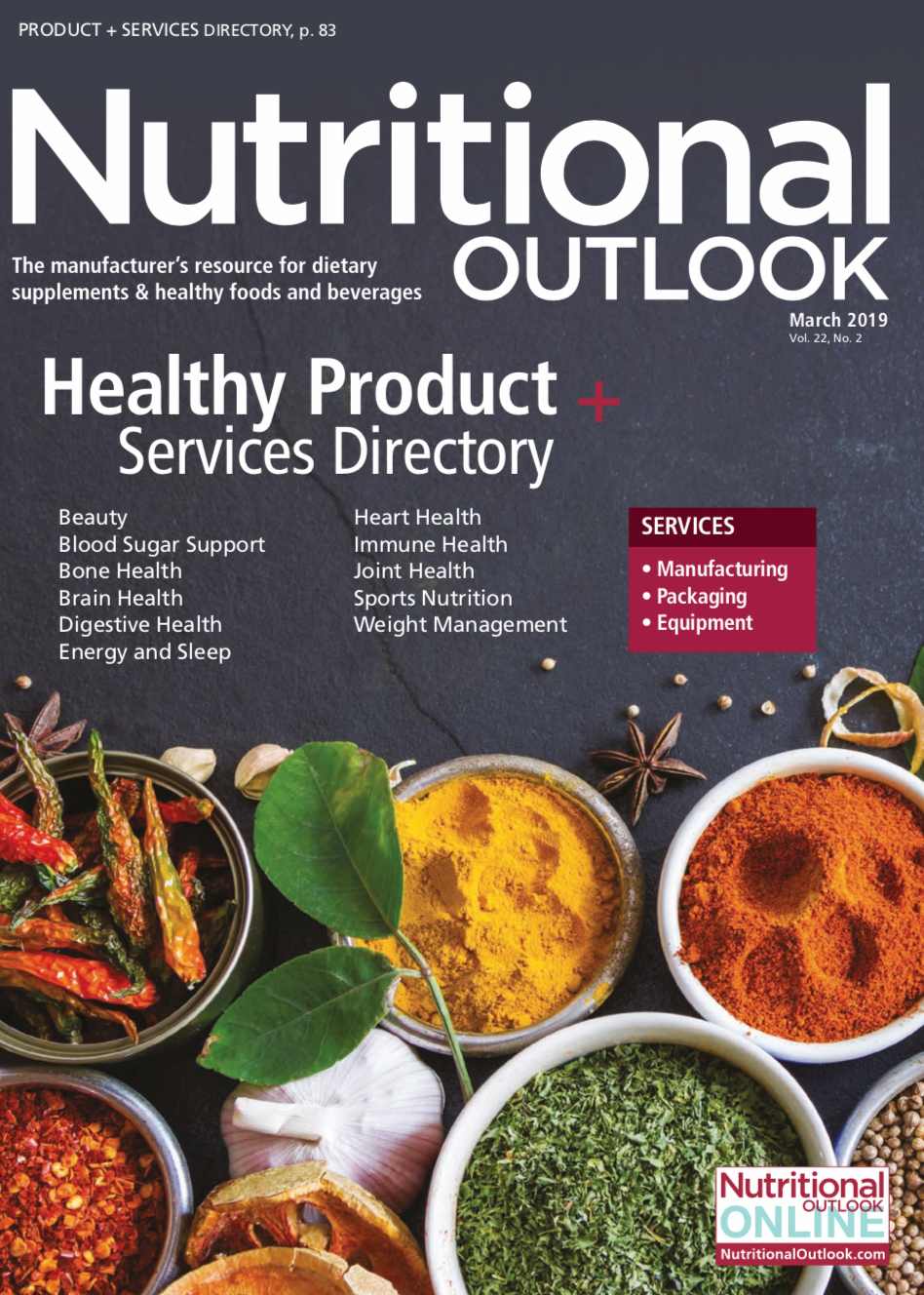
Prinova acquires Aplinova to further increase its footprint in Latin America
April 7th 2025Prinova has recently announced the acquisition of Brazilian ingredients distributor Aplinova, which is a provider of specialty ingredients for a range of market segments that include food, beverage, supplements, and personal care.




